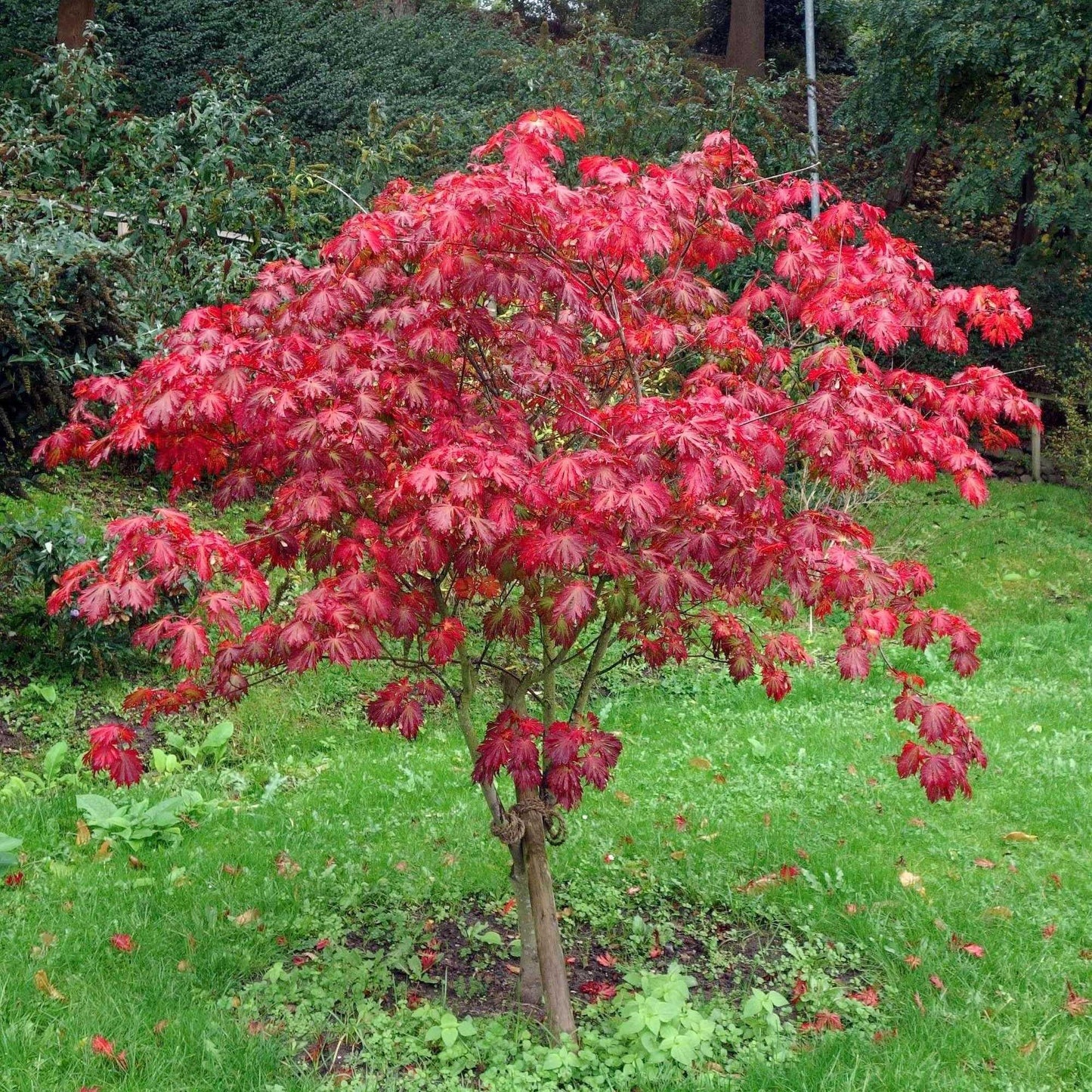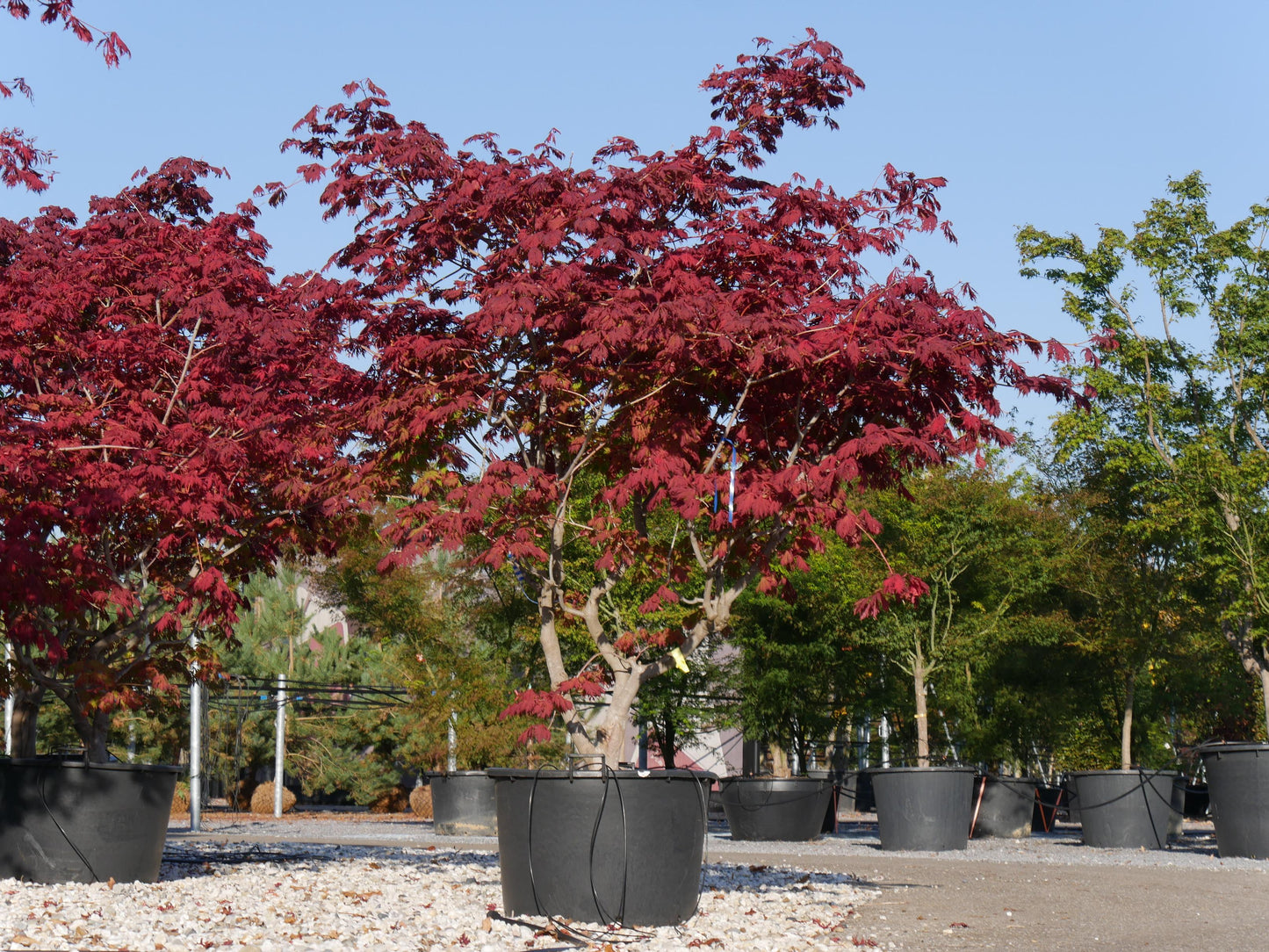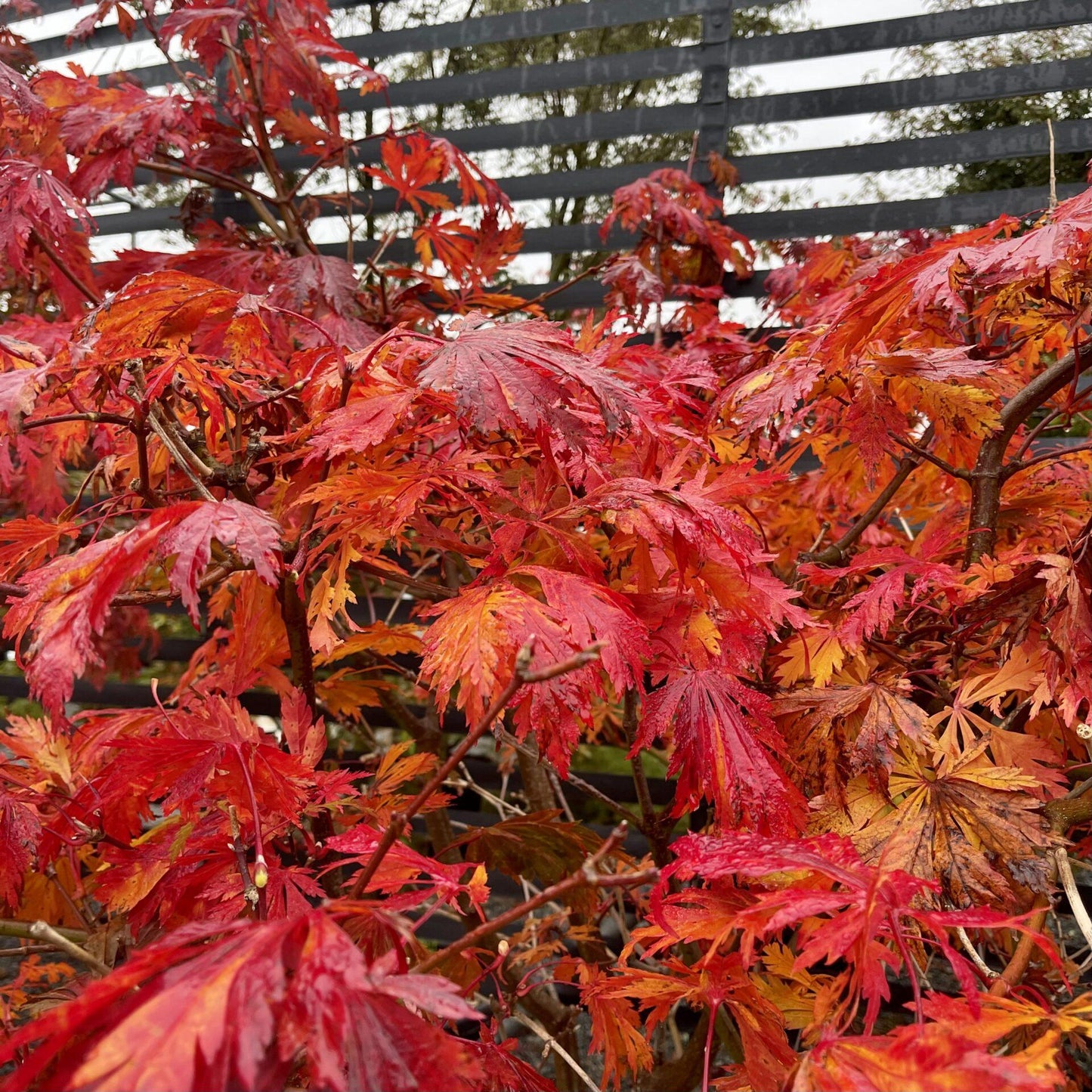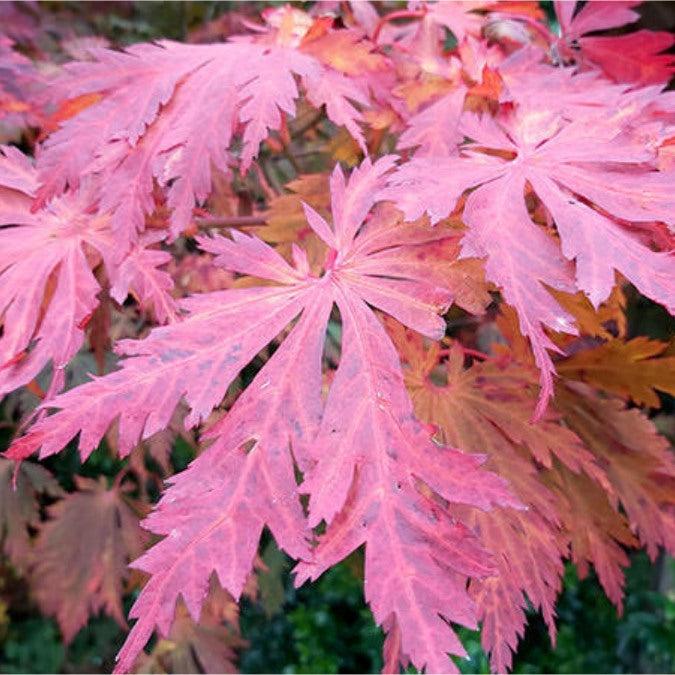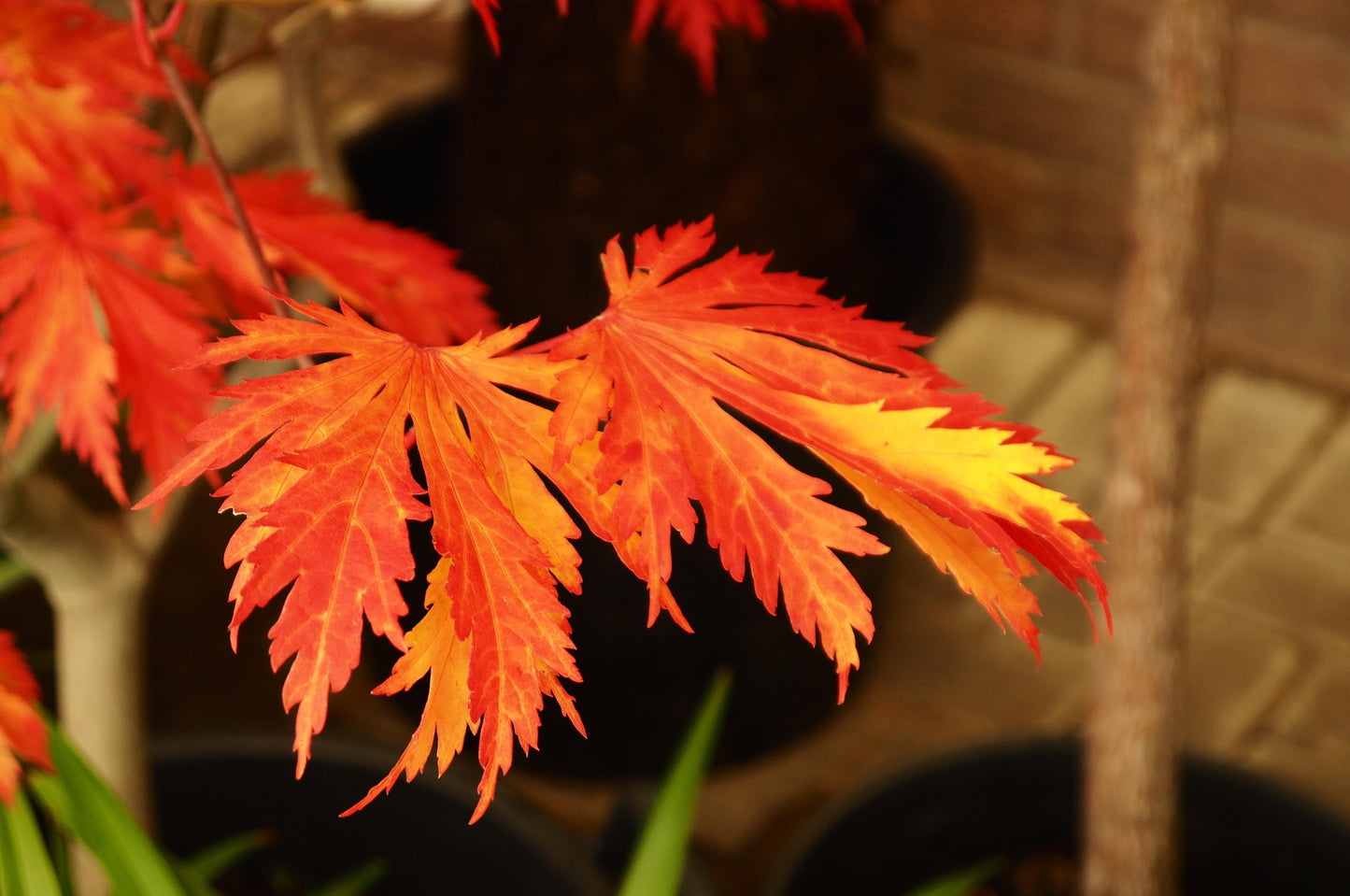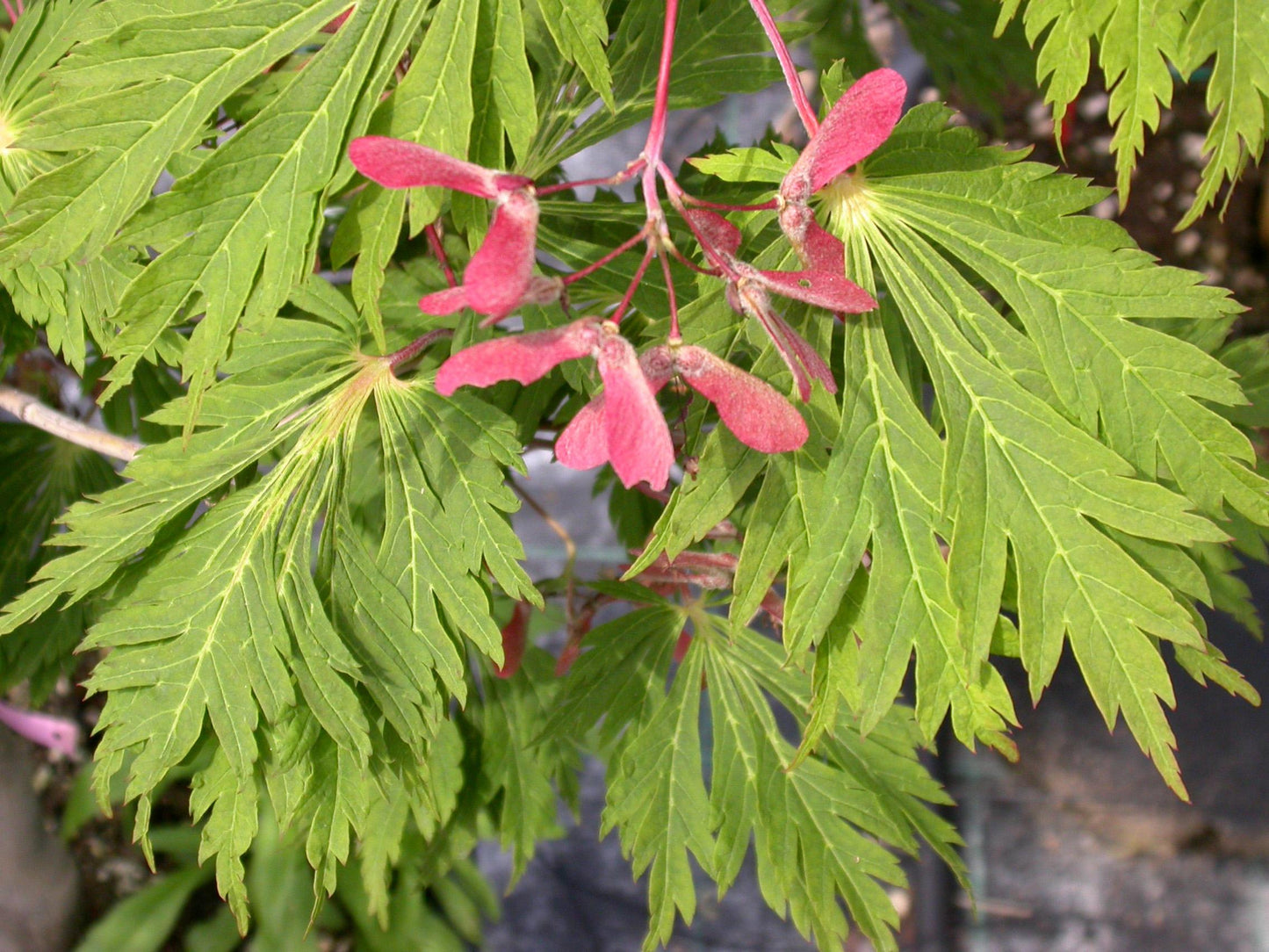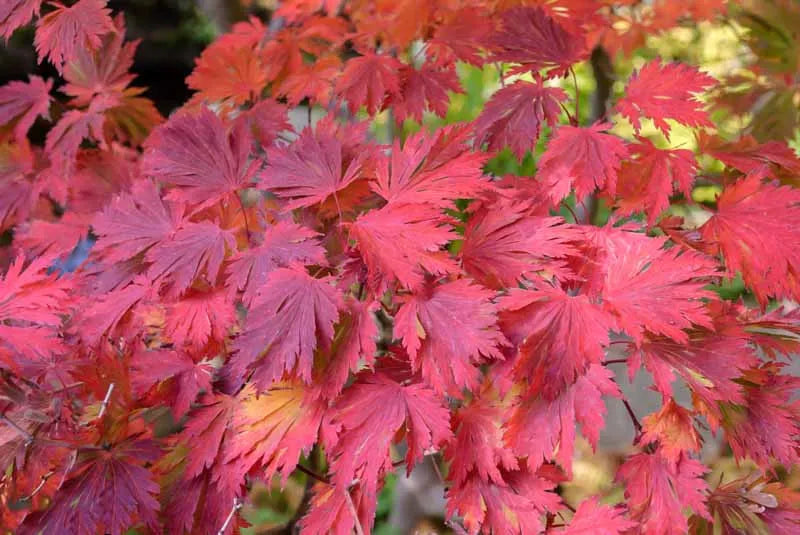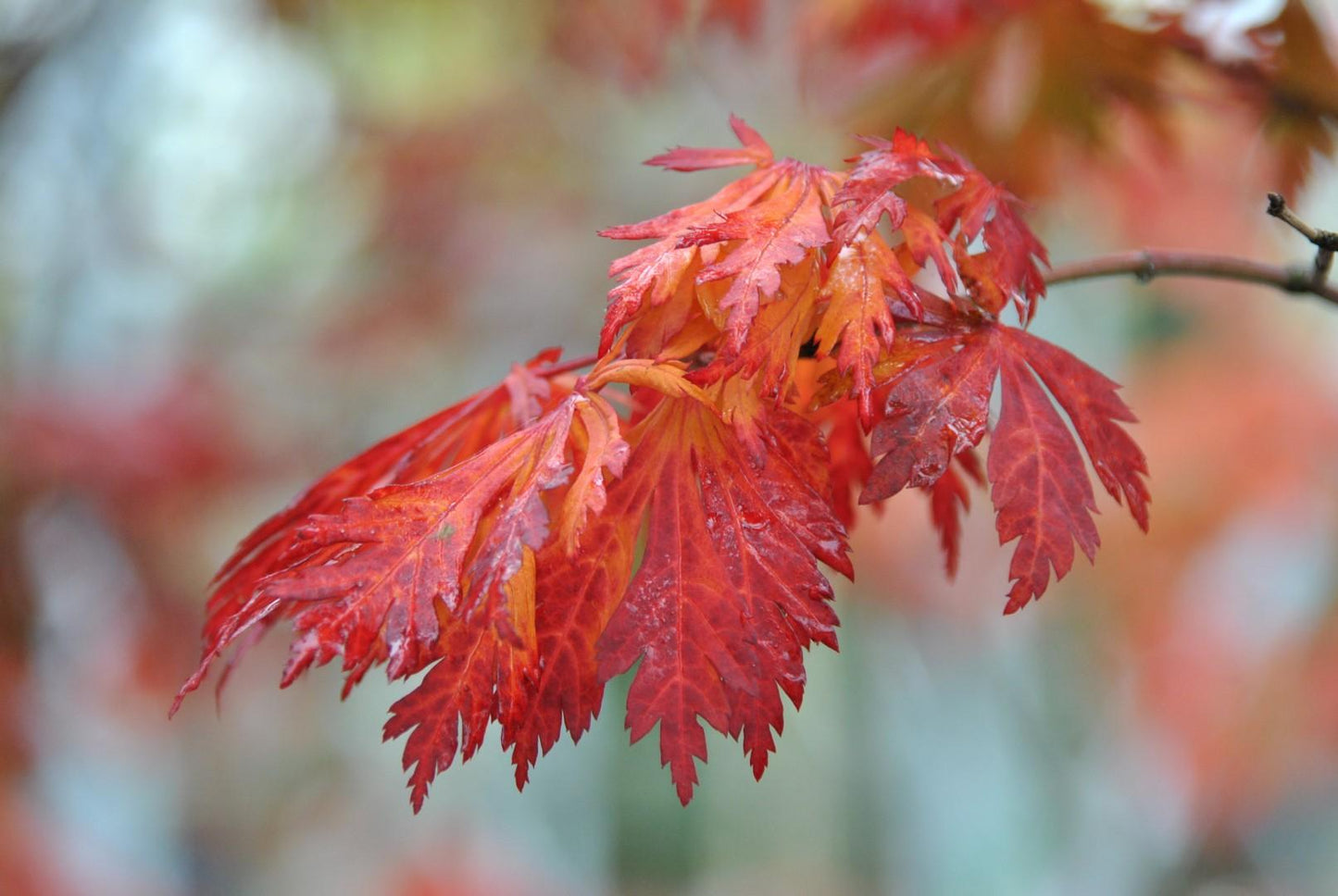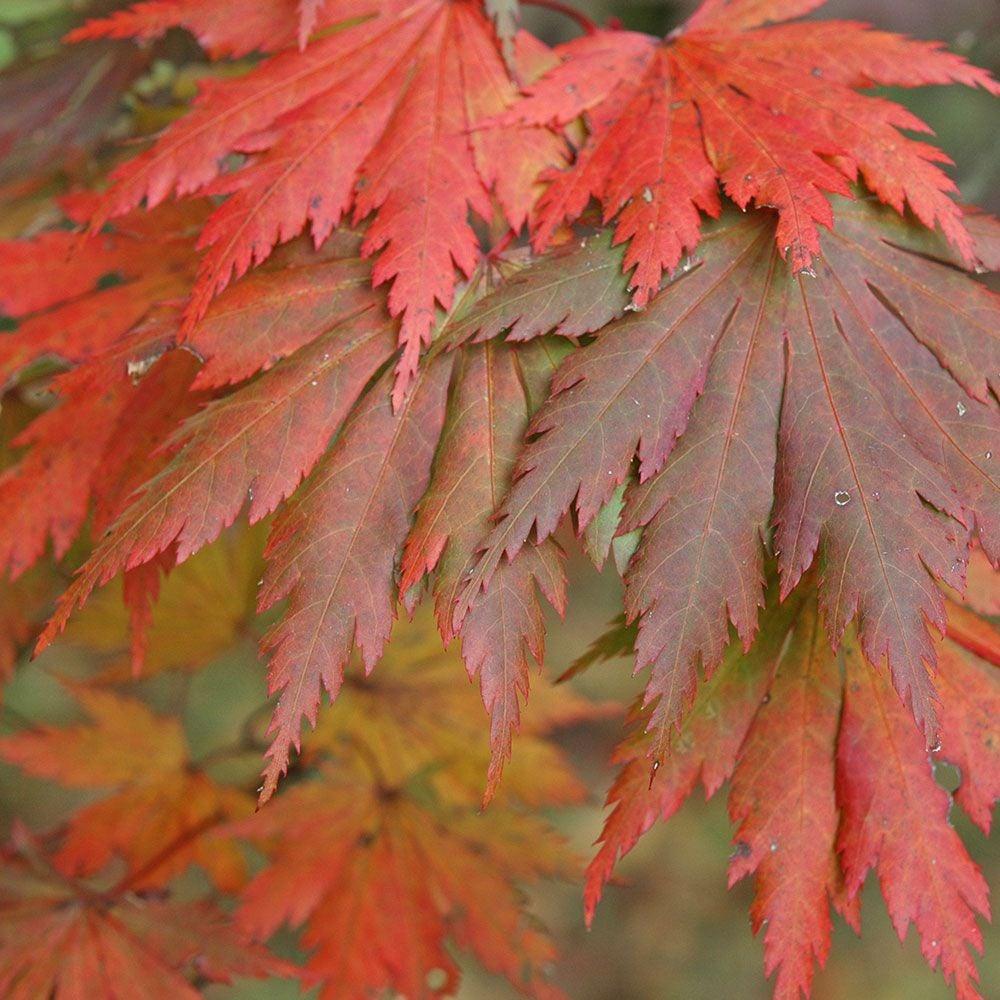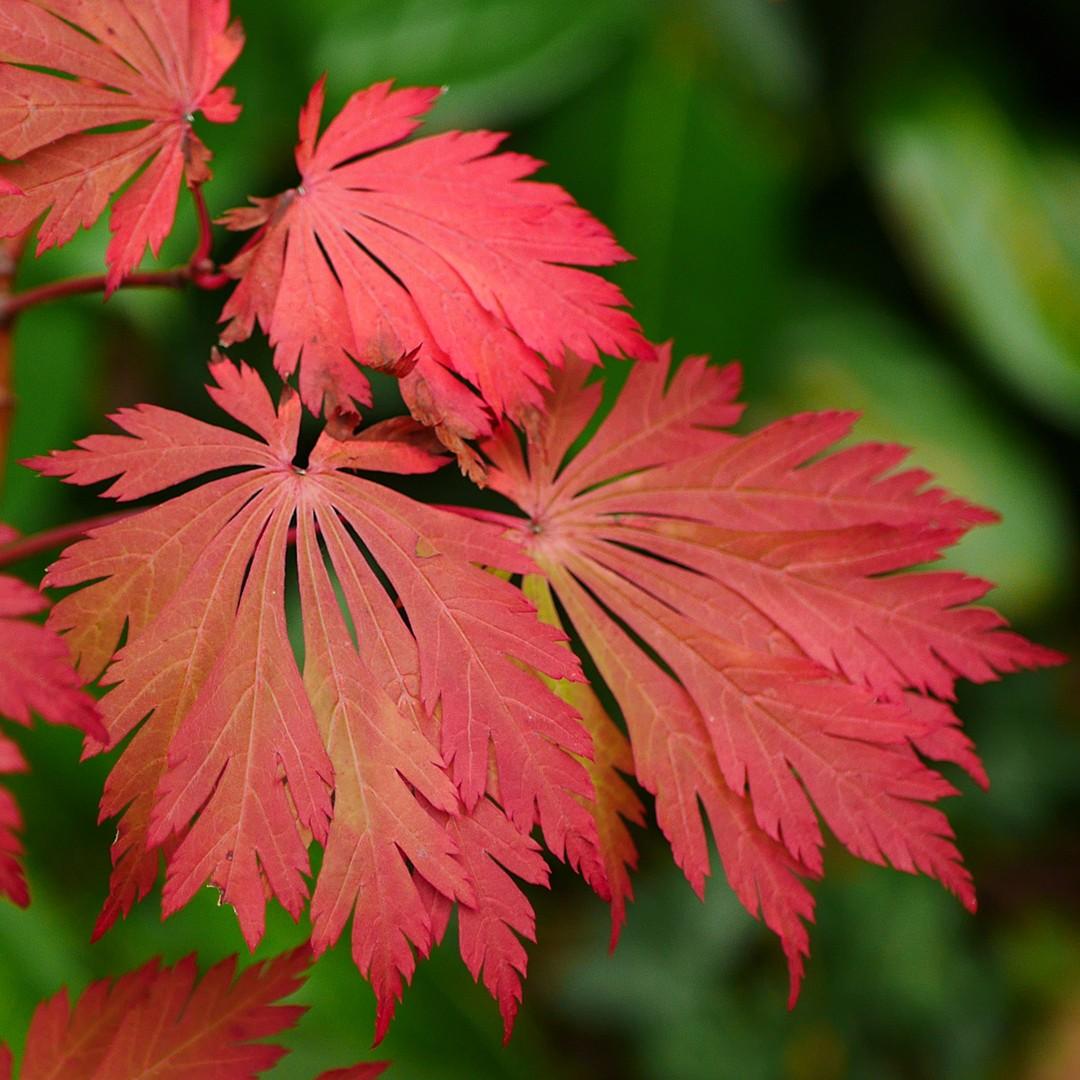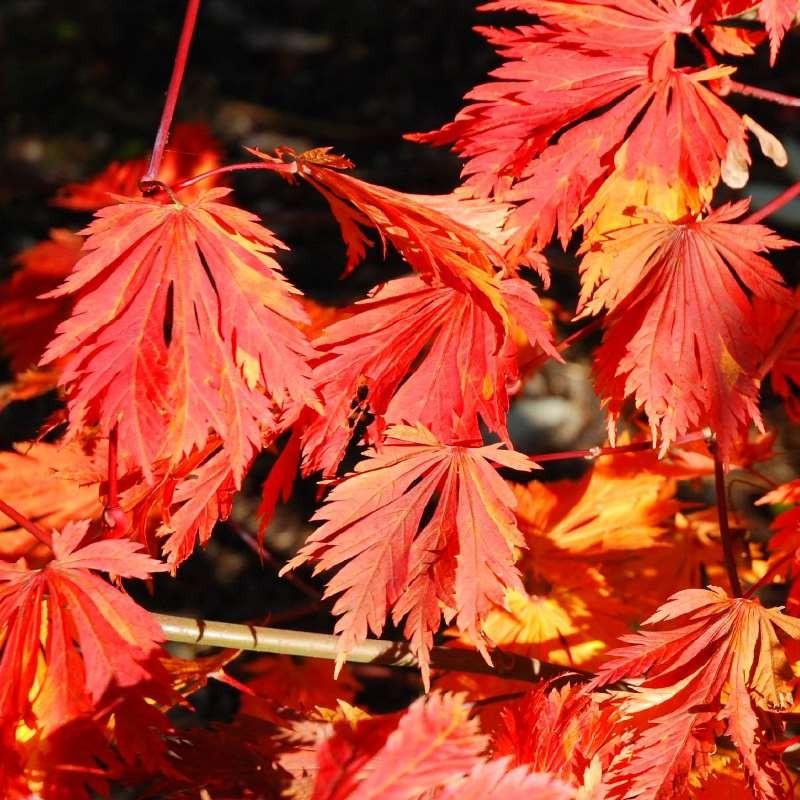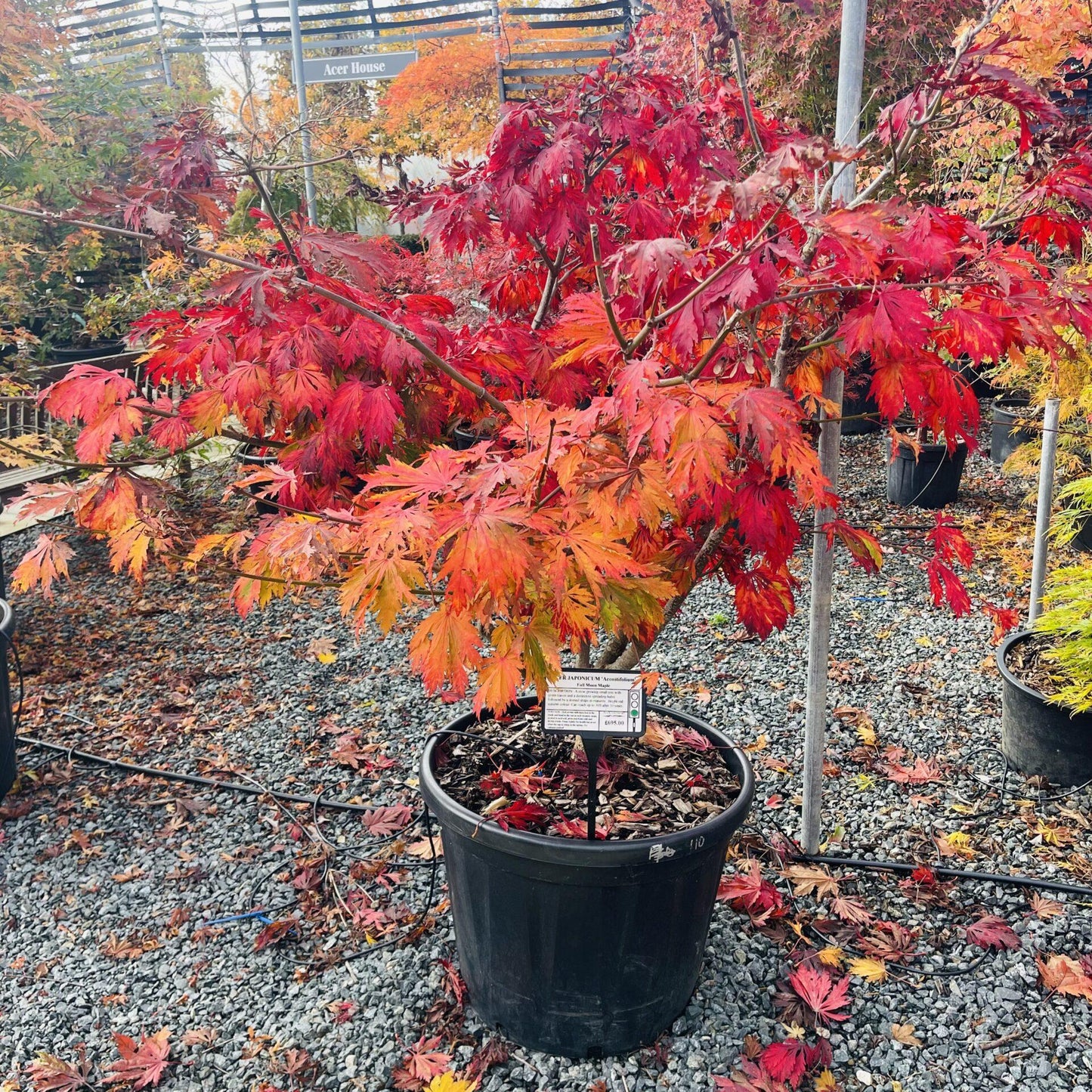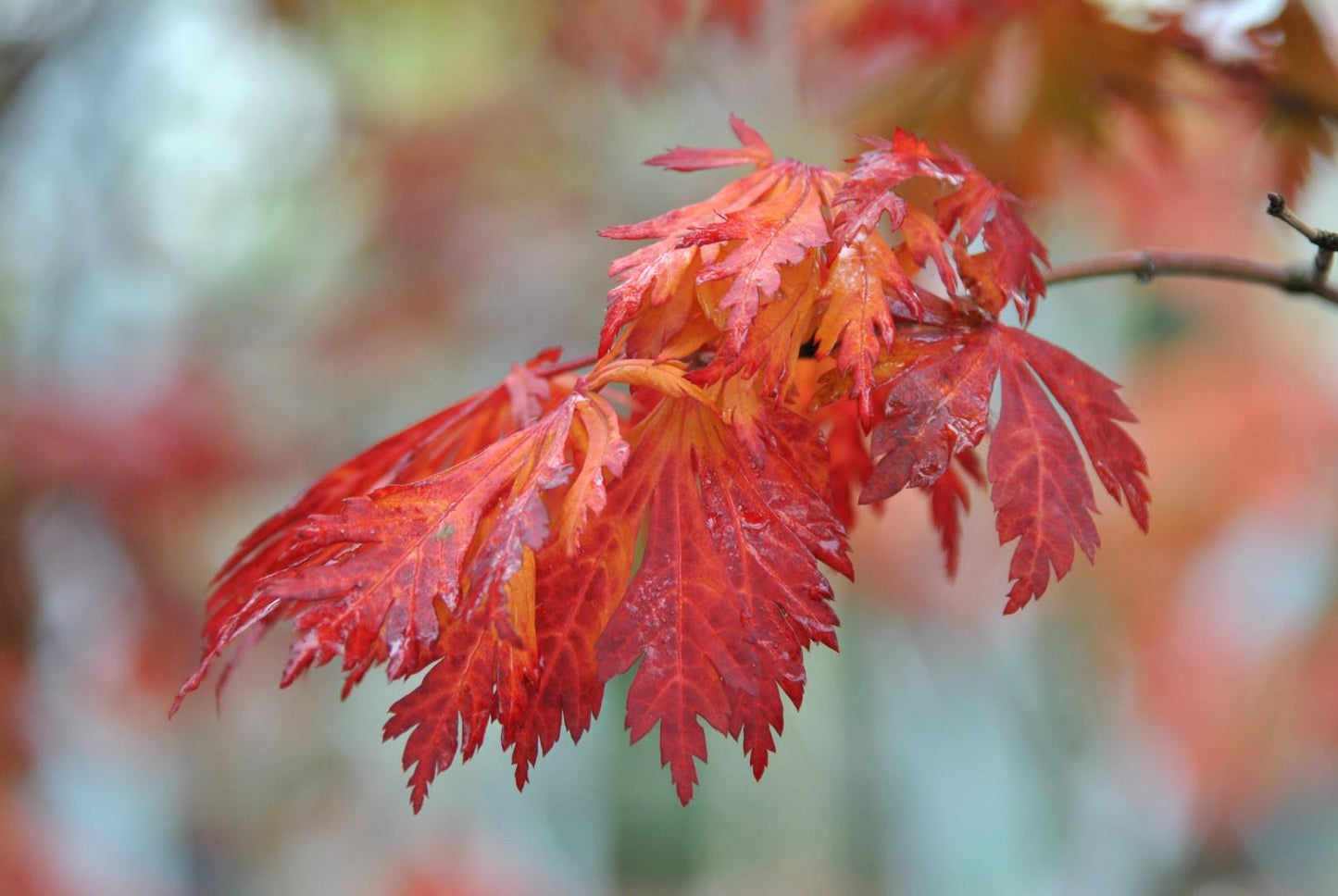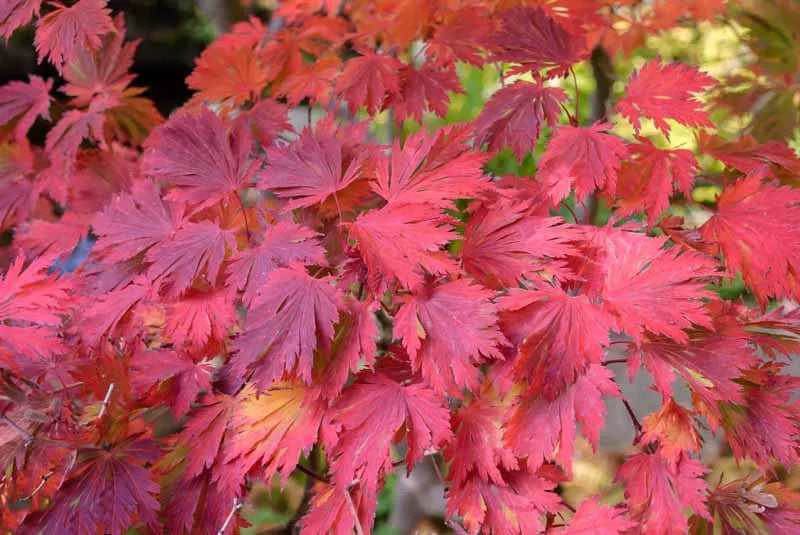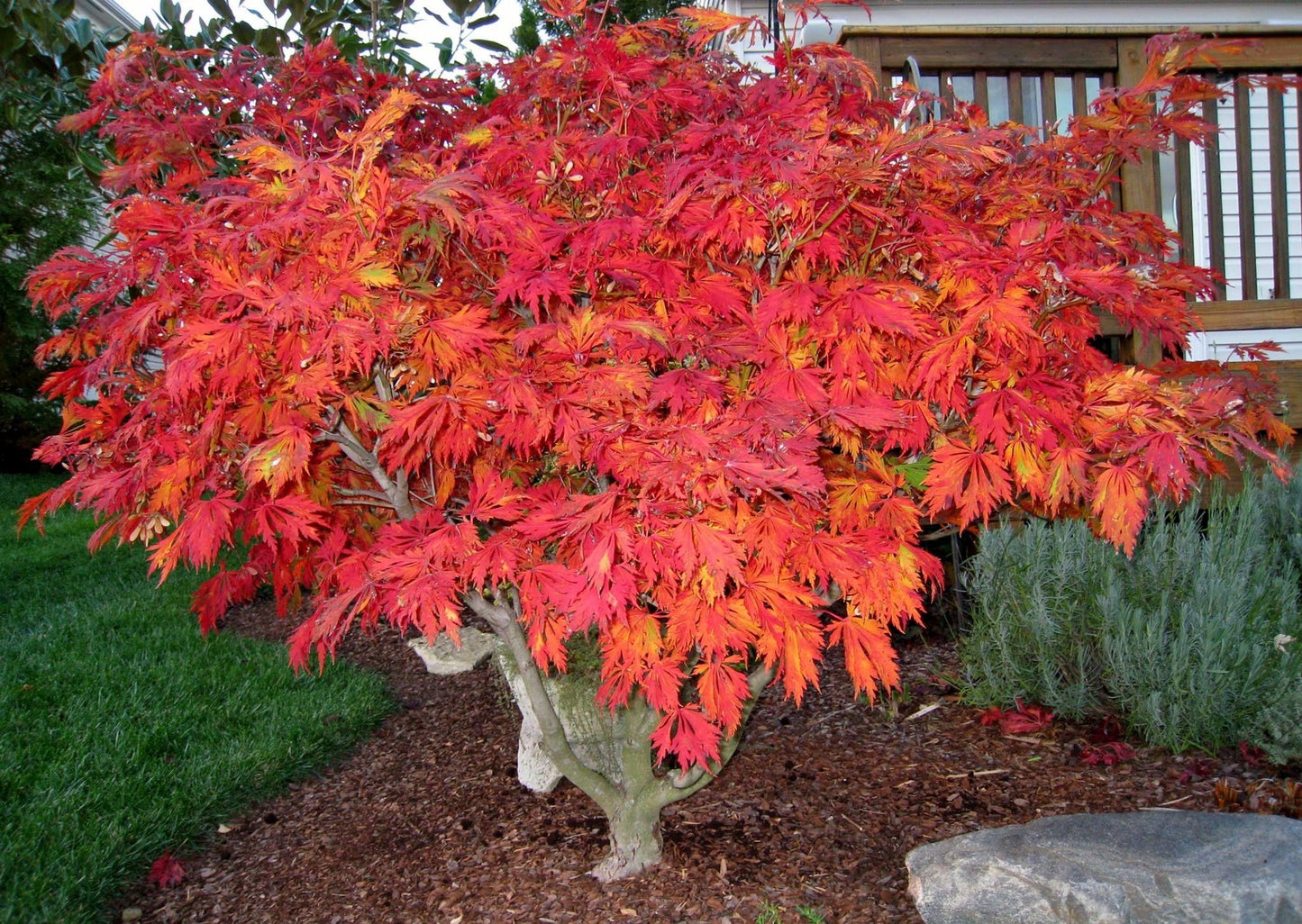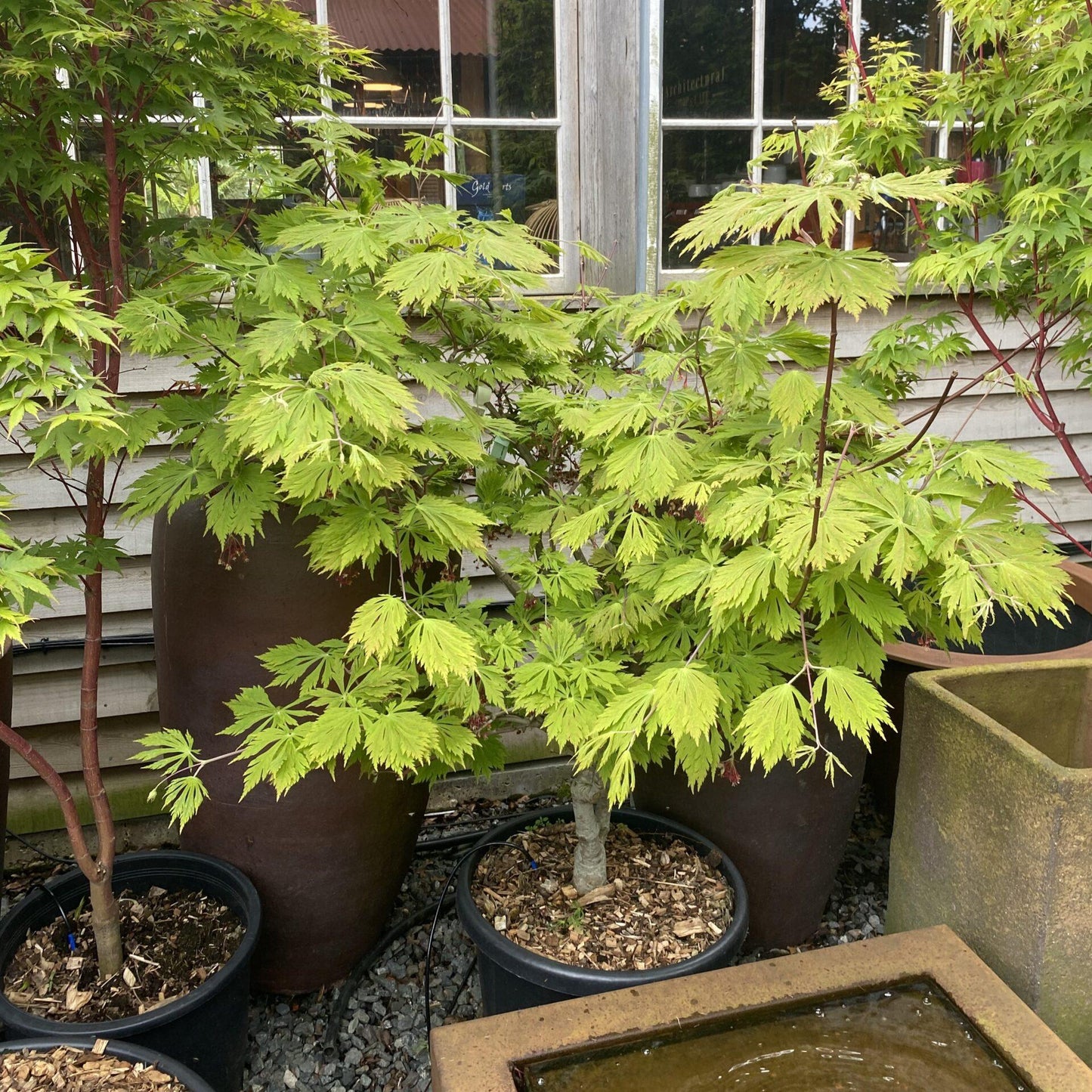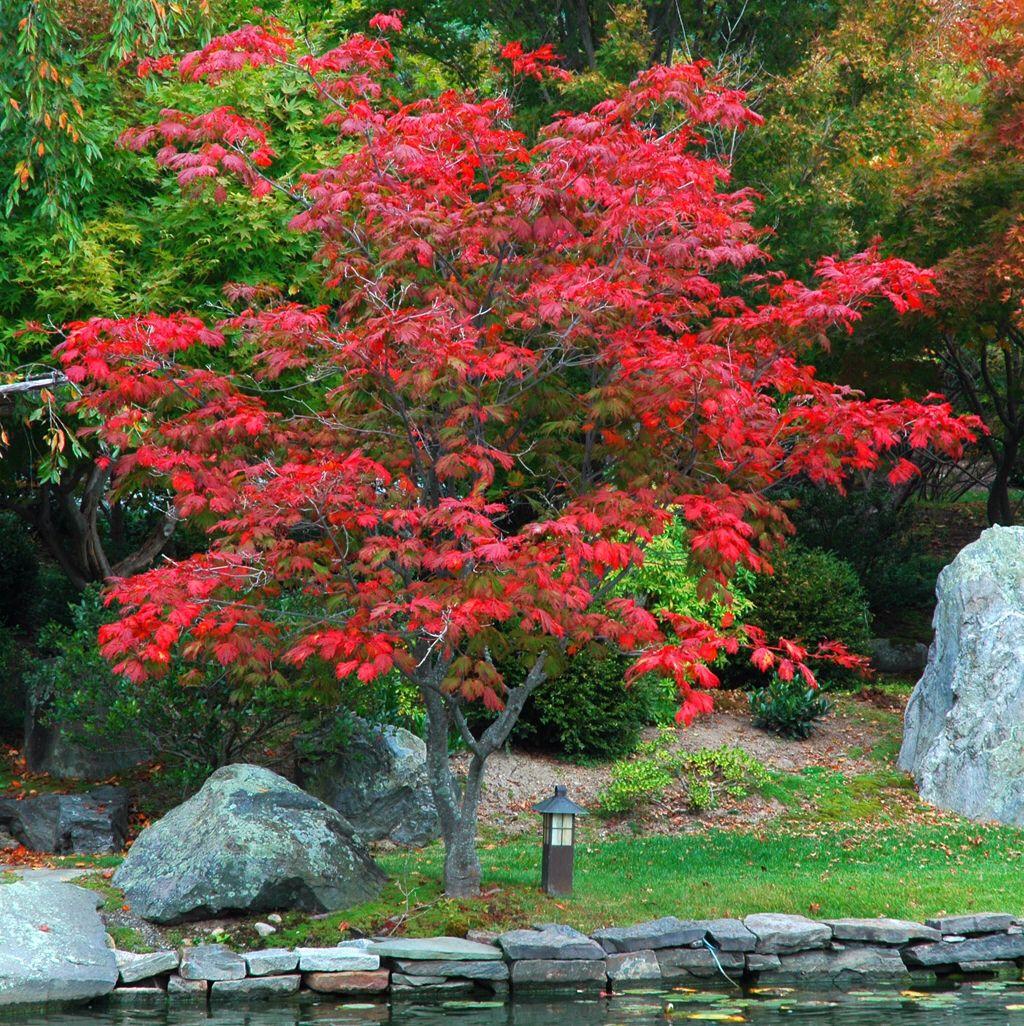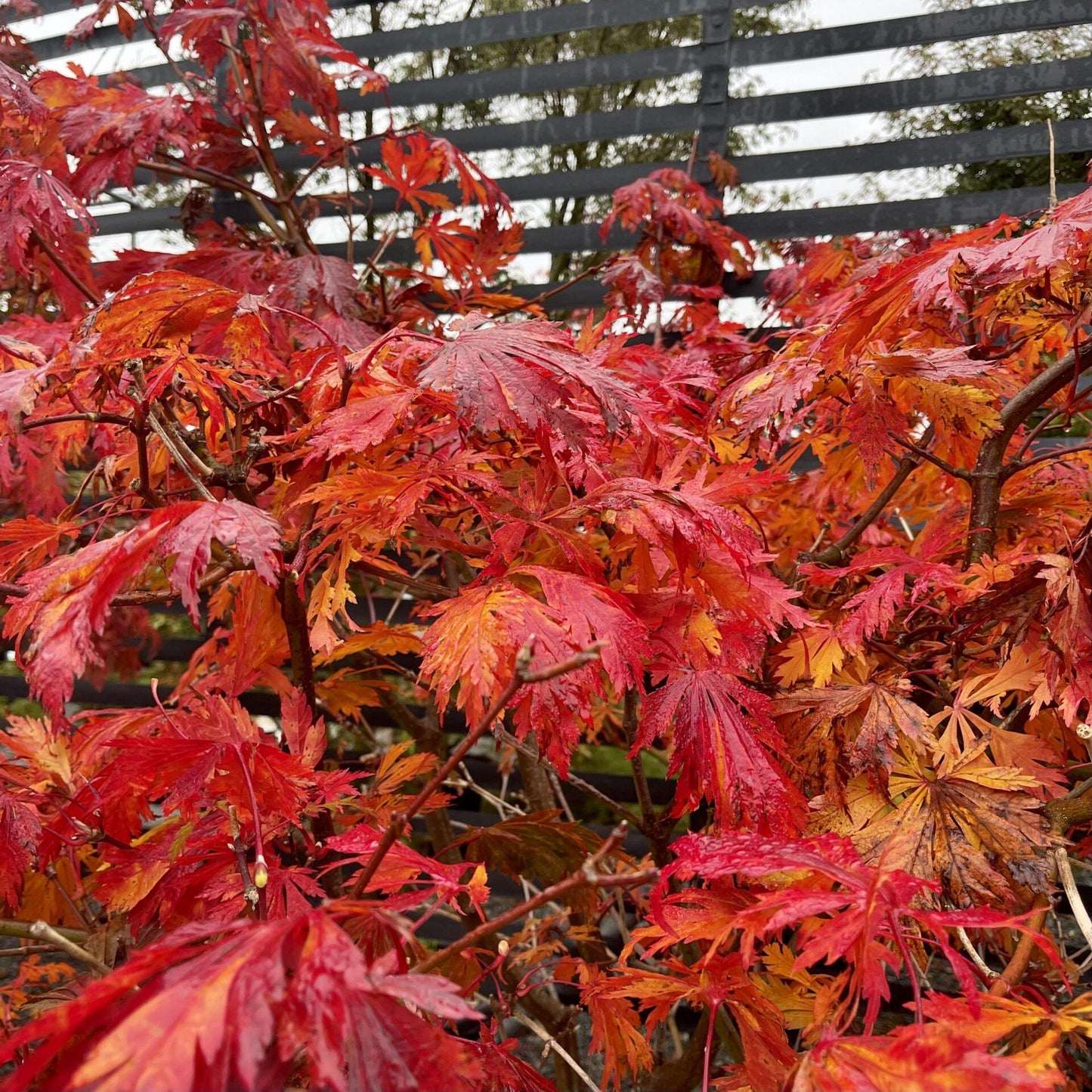1
/
of
22
Full-Moon Japanese Maple-Acer japonicum 'Aconitifolium'-Ideal for small gardens 2-2.5" cal B&B
Full-Moon Japanese Maple-Acer japonicum 'Aconitifolium'-Ideal for small gardens 2-2.5" cal B&B
Regular price
$2,468.00 USD
Regular price
$3,208.40 USD
Sale price
$2,468.00 USD
Unit price
/
per
Shipping calculated at checkout.
SKU:nto1353-redcrocus
Couldn't load pickup availability
Acer japonicum 'Aconitifolium'
Description
Acer japonicum 'Aconitifolium', commonly known as the Full-Moon Japanese Maple, is a stunning deciduous tree known for its deeply lobed, fern-like leaves that turn brilliant shades of red, orange, and yellow in the fall. This cultivar is prized for its unique foliage and compact growth habit, making it a perfect choice for small gardens or as a focal point in larger landscapes.
Suggested Uses
This maple is ideal for use as a specimen tree, in mixed borders, or as part of a Japanese-style garden. Its vibrant fall color and elegant form make it a standout choice for any landscape design.
Plant Details
-
 Botanical Name: Acer japonicum 'Aconitifolium'
Botanical Name: Acer japonicum 'Aconitifolium' -
 Common Name: Full-Moon Japanese Maple
Common Name: Full-Moon Japanese Maple -
 Size & Growth: 10-15 feet tall and wide
Size & Growth: 10-15 feet tall and wide -
 Hardiness Zones: 5-7
Hardiness Zones: 5-7 -
 Foliage Type: Deciduous
Foliage Type: Deciduous -
 Bloom Time: Spring
Bloom Time: Spring -
 Growth Rate: Slow to moderate
Growth Rate: Slow to moderate -
 Light Requirements: Partial shade to full sun
Light Requirements: Partial shade to full sun -
 Attracts Pollinators: Yes
Attracts Pollinators: Yes -
 Indoor Friendly: No
Indoor Friendly: No -
 Container Friendly: Yes
Container Friendly: Yes -
 Deer Resistant: Yes
Deer Resistant: Yes -
 Pet Warning: Non-toxic
Pet Warning: Non-toxic -
 Fragrant: No
Fragrant: No -
 Cut Flower: No
Cut Flower: No -
 Grows Well With: Ferns, Hostas, Azaleas
Grows Well With: Ferns, Hostas, Azaleas
Care Tips
-
 Planting Instructions: Plant in spring or fall, ensuring the root ball is level with the soil surface.
Planting Instructions: Plant in spring or fall, ensuring the root ball is level with the soil surface. -
 Soil Moisture: Keep soil consistently moist but not waterlogged.
Soil Moisture: Keep soil consistently moist but not waterlogged. -
 Soil Type: Prefers well-drained, acidic to neutral soil.
Soil Type: Prefers well-drained, acidic to neutral soil. -
 Humidity: Tolerates average humidity levels.
Humidity: Tolerates average humidity levels. -
 Pruning Instructions: Prune in late winter to early spring to maintain shape.
Pruning Instructions: Prune in late winter to early spring to maintain shape. -
 Winter Care: Protect young trees from harsh winter winds.
Winter Care: Protect young trees from harsh winter winds. -
 Planting Depth: Plant at the same depth as it was in the nursery container.
Planting Depth: Plant at the same depth as it was in the nursery container. -
 Fertilization: Fertilize in early spring with a balanced, slow-release fertilizer.
Fertilization: Fertilize in early spring with a balanced, slow-release fertilizer. -
 Special Care: Mulch around the base to retain moisture and regulate soil temperature.
Special Care: Mulch around the base to retain moisture and regulate soil temperature.
Share
